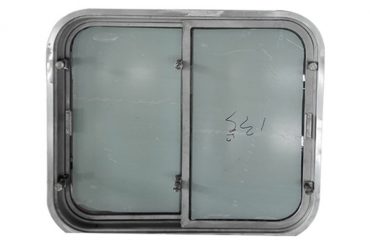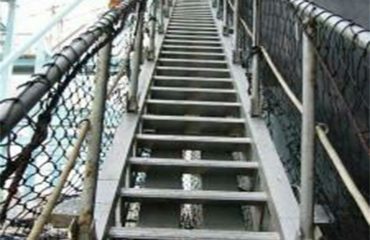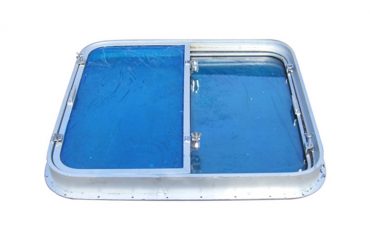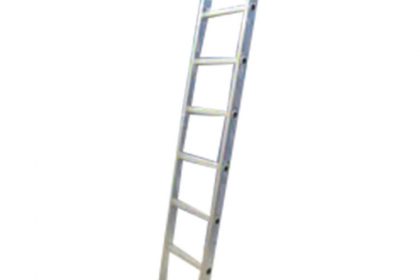
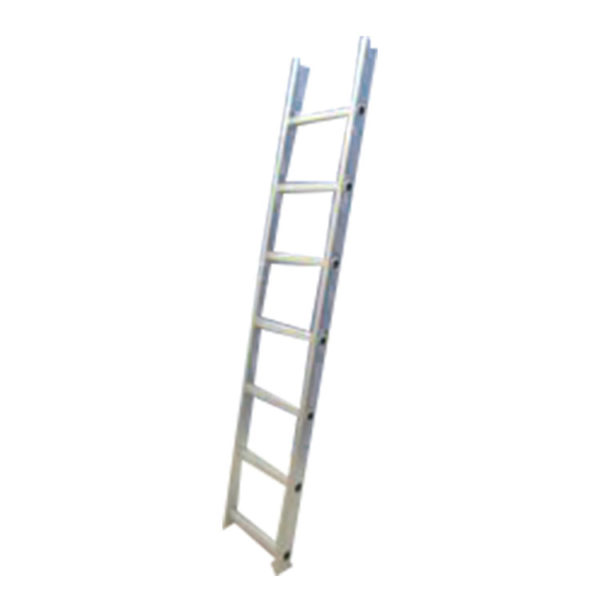
Ship ladders, also known as vertical ladders or companionways, are commonly seen on ships and boats for providing access between decks. They are designed to be compact and space-saving, making them ideal for use in a marine environment where space is limited. However, ship ladders are not just limited to marine applications – they can also be used in industrial settings for accessing elevated platforms, mezzanines, roofs, and other elevated areas.
In industrial settings, safety is paramount, and ship ladders are known for their safety features. They are typically made of sturdy materials such as aluminum or steel, which ensures they can withstand heavy usage and provide a secure footing for workers. Ship ladders are also designed to be compliant with safety regulations, with features such as handrails, non-slip treads, and cages or gates to prevent falls. This makes them suitable for use in industrial environments where safety is a top priority.
Another advantage of ship ladders for industrial use is their versatility. They can be easily installed in tight spaces or areas with limited overhead clearance, making them a practical solution for accessing elevated areas in industrial facilities. Ship ladders can also be customized to fit specific requirements, such as varying heights or angles, allowing them to be tailored to a wide range of industrial applications.
Furthermore, ship ladders are designed to be durable and long-lasting, making them a cost-effective investment for industrial facilities. With proper maintenance and care, ship ladders can provide years of reliable service, reducing the need for frequent replacements or repairs. This can result in cost savings for industrial businesses in the long run.



